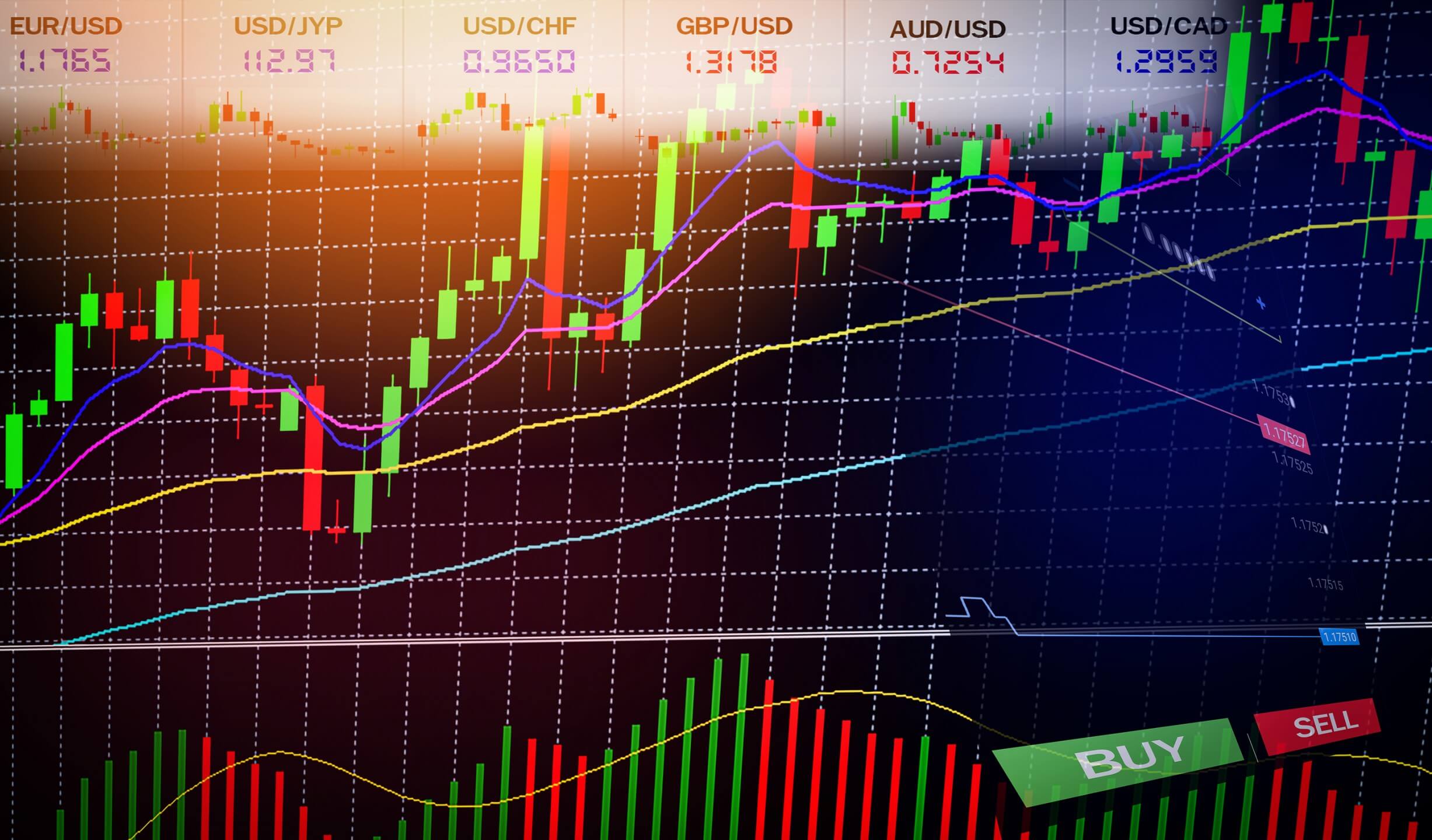The crypto market is highly volatile and unpredictable. However, traders utilize specific metrics to make predictions within the market. Crypto indicators can be an essential tool for advanced traders looking to make the best moves in the marketplace. Here’s a quick look at crypto indicators and how they help traders make smart investment decisions.
What are Crypto Indicators?
Crypto indicators are calculations that take the volume and price of a particular cryptocurrency and create a picture of what’s going on. Indicators can help you know when you should trade and when to exit a trade and help you make sense of trends by giving you visual signals.
This is helpful because when we see something happening in the market that makes us nervous or uncomfortable, it can be hard to know what to do about it.
Types of Indicators
There are three main types of indicators: oscillator, trend following, and volume-based. Each indicator has its strengths, so it’s worth trying out different combinations and finding an approach that works for you. Oscillators show the relationship between price and volume, trend-following indicators track the strength of a trend, and volume-based indicators show the strength of volume. These indicators can help you decide when you should make a trade and when to exit a trade and help you make sense of trends by giving you visual signals.
The most popular indicators are moving averages, momentum oscillators (RSI), stochastic oscillators, and candlestick patterns. These can be used in conjunction with each other or alone, although some traders will use only one indicator as their mainstay while others use multiple ones concurrently.
Moving Averages
Moving averages are the most common indicator used in trading, and they smoothen out the price action by combining many candles into one line. They help you identify trends more quickly but can also be helpful when trying to draw support and resistance levels.
Indicators can be used by themselves or combined with moving averages. For example, Bollinger Bands consist of three lines: upper, middle, and lower bands that surround the price action. As prices move towards the upper band, it indicates overbought conditions, whereas if they fall below the lower band, it indicates oversold conditions. These indicators are prevalent among traders and can be used on all time frames, from 1-minute charts up-to-daily charts.

The effectiveness of an indicator depends on what kind of trader you are: for instance, if you like to trade short-term intraday trades, then having many indicators might not be helpful because all these lines could clutter up your chart, making it difficult to spot patterns quickly; however, if you prefer longer term trades then maybe including more than one or two indicators will help pinpoint potential entries/exits points better than just using essential technical analysis tools like Moving Averages alone would do so experiment with different combinations until finding what works best for yourself.
Indicators are not Magic
Indicators are not magic. This is a critical point, as many traders get too excited about indicators and think they will be able to predict the future with them. The reality is that no indicator is 100% accurate or reliable, but some are much better than others in terms of accuracy and reliability. This can be measured by how close the indicator’s prediction was to the actual outcome over time. If the algorithm predicts market movement correctly more often than it doesn’t, then you have a good tool on your hands.
Indicators add another layer of analysis along with fundamental, technical, and sentiment analysis (such as news articles), which can help give you an edge when trading cryptocurrencies. However, they should never be relied upon as the sole source of your trading decisions; instead, they should merely serve as one piece of information among many others which help form your overall view of what could happen next in any given market situation. You can join a crypto community like the FTT DAO to learn more about crypto indicators and how you can apply them to your investment portfolio.
Start Exploring Indicators Today
Crypto indicators are a great way to add value to your decision-making process, but they should not be a substitute for it. They are not perfect and may not always be correct, so don’t take their advice as gospel.
Look at crypto indicators as tools that can help you with your trading and analysis, but don’t expect them to tell you exactly what to do. Use them with other indicators, your research, and the news on a particular coin or market before making an investment decision.
If you’re new to trading, the best thing to do is try out different indicators and find a combination that works for you. Traders use various indicators depending on their style and time frame, so start finding the right analysis tools for your portfolio today.
